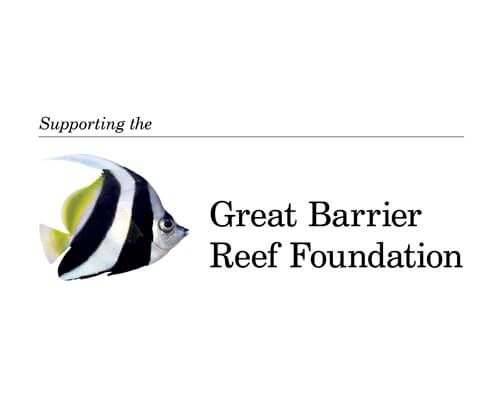
Introduction to Fundraising Planning
Earning a basic understanding of fundraising and fundraising planning is an essential step towards effective execution. Fundraising is easy to think of but can be challenging to execute. Moreover, holding a fundraising plan can be tedious if you don’t know what things to plan for and how to go through the planning activity. Here are some of the things you need to understand about fundraising planning.
What is a Fundraising Plan?
The first thing you need to know and understand is what a fundraising plan is and why it is important.
A fundraising plan is a draft or document of the things that need to be accomplished to successfully hold a fundraising event. It outlines tasks to be performed for the preparation prior to the event, the event itself, and after the event, by assigning them to employees or volunteers. All of these are bounded by a timetable or schedule to ensure that things are accomplished on time. Basically, it serves as a roadmap that helps organisers and participators determine where they are, where they are supposed to be going and accomplish, and at which time.
Why Is It Important?
A fundraising plan is a significant document that sets the direction of the organisation and the effective and successful execution of the fundraising activity. It provides a clear guide on what direction the organisation must take.
It also sets the agenda of the milestones that need to be reached and give the organisers and volunteers a glimpse of the bigger picture of the fundraising event organisation. It outlines the needs of the organisation to reach its goals and the specific steps on how to meet those needs.
It is also important that everyone part of the working committee and the organising committee learn and understand the fundraising plan. In fact, this ensures that all can perform their tasks mindfully and effectively.
What Is Necessary for the Drafting of the Plan?
There are lots of factors that need to be ensured and provided when making a fundraising plan. These include:
1. A Case Statement
Every successful fundraising plan needs to have a case statement. This works in a similar way to the vision and mission of an organisation. A case statement is necessary to provide the idea, concept, vision and desired outcome of the fundraising. This will also help in keeping details in track when drafting the rest of the plan.
2. Anchored on Established Goals
A fundraising plan will not be comprehensive, clear, nor effective enough if it is not anchored in the established goals of the fundraising. Established goals serve as steering wheels that point towards the direction of the plan. Every part of the plan must adhere to these goals or work towards them.
3. Inclusive Processing
A fundraising plan is not something that is written overnight by a single person. An effective plan must go through considerable deliberations by key competent people. The board management and top organisers must sit down and go through the planning process to make it comprehensive. This also ensures that all possible angles are covered. Moreover, a sense of ownership by the board management will help in the smooth execution of the plan.
4. SMART Tasks
Just like the goals, the tasks outlined in the plan must be SMART- that is specific, measurable, achievable, realistic, and time- bounded. This will make tasks easier to understand and easier to perform. One must note clear descriptions where details are necessary, to not keep people guessing on what a specific task actually means.
5. A Before, During, and After Phase
A fundraising plan must have three fundamental phases, each phase with corresponding tasks and milestones that need to be accomplished and reached. A complete fundraising plan does not only discuss the fundraising’s preparations and ways of execution. It also includes a post- activity phase where things such as the fundraising evaluation and sustainability report, among other post- activity tasks, are drafted.
6. Diversify and Establish Contingencies
A diversified fundraising plan allows more flexibility regarding the achievement of the set goals for the fundraiser. It is created to avoid over depending on one source or medium for success. Contingencies, on the other hand, are established to make adjustments when something does not go as planned. They serve as a safety net for the accomplishments of tasks. Diversification and contingencies are created in recognition that the execution cannot always be perfect.
With the right concept in mind and the recognition of the important factors that must be ensured in a fundraising plan, you will be able to develop a document that functions as it should and gives you clarity on what you and others need to do. This will make both the planning and the execution easier for all members of the organisation.














